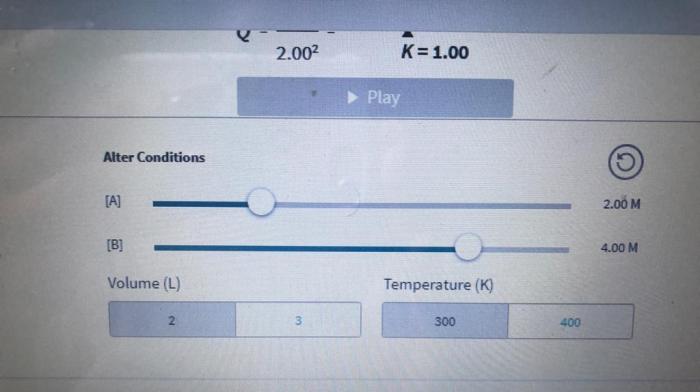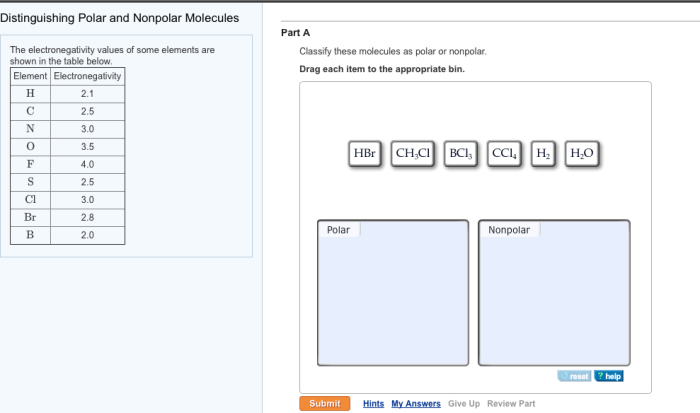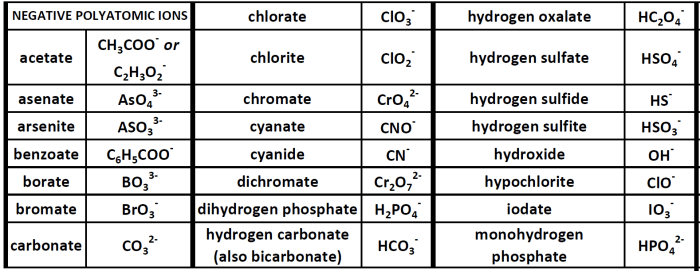Unit atomic structure worksheet answers – Embark on an illuminating journey into the realm of atomic structure with our comprehensive worksheet answers. This guide unravels the fundamental principles of atoms, empowering you with a deep understanding of their intricate components and behaviors.
Delve into the fascinating world of atomic particles, explore the intricacies of atomic number and mass, and unravel the mysteries of isotopes and electron configurations. Our expertly crafted answers will illuminate your path as you navigate the periodic trends that govern atomic properties.
Atomic Structure Basics: Unit Atomic Structure Worksheet Answers
Atoms are the fundamental building blocks of matter. They are composed of three subatomic particles: protons, neutrons, and electrons.
Protons and neutrons are located in the nucleus of the atom, while electrons orbit around the nucleus in electron shells.
The number of protons in an atom determines its atomic number, which identifies the element. The number of protons and neutrons combined determines the mass number of the atom.
Arrangement of Particles
Protons and neutrons are tightly packed in the nucleus, which is very dense. Electrons are much lighter than protons and neutrons and occupy much more space.
The electrons are arranged in shells around the nucleus. The first shell can hold up to 2 electrons, the second shell can hold up to 8 electrons, and so on.
The arrangement of electrons in the shells determines the chemical properties of the atom.
Illustration of an Atom

- Nucleus
- Protons
- Neutrons
- Electrons
- Electron shells
Atomic Number and Mass Number

Atomic Number
The atomic number of an atom is the number of protons in its nucleus.
The atomic number is unique for each element and identifies the element.
Mass Number
The mass number of an atom is the sum of the number of protons and neutrons in its nucleus.
The mass number is approximately equal to the atomic mass of the atom.
Determining Atomic Number and Mass Number
The atomic number and mass number of an element can be found in the periodic table.
The atomic number is the number at the top of the element’s box, and the mass number is the number at the bottom of the box.
Examples
- Hydrogen has an atomic number of 1 and a mass number of 1.
- Carbon has an atomic number of 6 and a mass number of 12.
- Oxygen has an atomic number of 8 and a mass number of 16.
Isotopes and Radioactive Isotopes
Isotopes
Isotopes are atoms of the same element that have the same atomic number but different mass numbers.
Isotopes have the same number of protons and electrons, but they have different numbers of neutrons.
Radioactive Isotopes
Radioactive isotopes are isotopes that emit radiation.
Radioactive isotopes are unstable and decay over time, releasing energy in the form of radiation.
Applications of Radioactive Isotopes
- Radioactive isotopes are used in medicine for imaging and therapy.
- Radioactive isotopes are used in industry for tracing materials and gauging thickness.
- Radioactive isotopes are used in research for dating objects and studying biological processes.
Examples
- Carbon-14 is a radioactive isotope of carbon that is used for dating organic materials.
- Iodine-131 is a radioactive isotope of iodine that is used for treating thyroid cancer.
- Cobalt-60 is a radioactive isotope of cobalt that is used for radiotherapy.
Electron Configuration
Concept of Electron Configuration
Electron configuration is the distribution of electrons in the electron shells of an atom.
The electron configuration of an atom determines its chemical properties.
Rules for Determining Electron Configuration, Unit atomic structure worksheet answers
- The Aufbau principle states that electrons fill the lowest energy orbitals first.
- The Pauli exclusion principle states that no two electrons can have the same set of quantum numbers.
- Hund’s rule states that electrons will occupy degenerate orbitals with the same spin before pairing up.
Electron Configuration Chart
| Element | Atomic Number | Electron Configuration |
|---|---|---|
| Hydrogen | 1 | 1s1 |
| Helium | 2 | 1s2 |
| Lithium | 3 | 1s22s1 |
| Beryllium | 4 | 1s22s2 |
| Boron | 5 | 1s22s22p1 |
Periodic Trends

Periodic Trends in Atomic Radius
The atomic radius is the distance from the nucleus to the outermost electron shell.
The atomic radius generally decreases from left to right across a period and increases from top to bottom down a group.
Periodic Trends in Ionization Energy
Ionization energy is the energy required to remove an electron from an atom.
Ionization energy generally increases from left to right across a period and decreases from top to bottom down a group.
Periodic Trends in Electronegativity
Electronegativity is the ability of an atom to attract electrons.
Electronegativity generally increases from left to right across a period and decreases from top to bottom down a group.
Factors Influencing Periodic Trends
- Nuclear charge
- Electron shielding
- Orbital size
Periodic Trends Table
| Property | Trend |
|---|---|
| Atomic radius | Decreases from left to right across a period, increases from top to bottom down a group |
| Ionization energy | Increases from left to right across a period, decreases from top to bottom down a group |
| Electronegativity | Increases from left to right across a period, decreases from top to bottom down a group |
Chemical Bonding
Types of Chemical Bonds
- Ionic bonds are formed between atoms of metals and nonmetals.
- Covalent bonds are formed between atoms of nonmetals.
- Metallic bonds are formed between atoms of metals.
Characteristics of Ionic Bonds
- Ionic bonds are formed by the transfer of electrons from one atom to another.
- Ionic bonds are strong and have a high melting point and boiling point.
- Ionic compounds are typically soluble in water.
Characteristics of Covalent Bonds
- Covalent bonds are formed by the sharing of electrons between atoms.
- Covalent bonds are weaker than ionic bonds and have a lower melting point and boiling point.
- Covalent compounds are typically insoluble in water.
Characteristics of Metallic Bonds
- Metallic bonds are formed by the sharing of electrons between metal atoms.
- Metallic bonds are strong and have a high melting point and boiling point.
- Metallic compounds are typically good conductors of heat and electricity.
Examples of Compounds Formed by Each Type of Bond
- Ionic bonds: NaCl, KCl, CaO
- Covalent bonds: H 2O, CH 4, NH 3
- Metallic bonds: Na, Cu, Fe
Commonly Asked Questions
What are the fundamental particles of an atom?
Protons, neutrons, and electrons
How do I determine the atomic number of an element?
The atomic number is equal to the number of protons in the nucleus
What is the difference between an isotope and a radioactive isotope?
Isotopes have the same atomic number but different mass numbers, while radioactive isotopes emit radiation due to unstable nuclei


